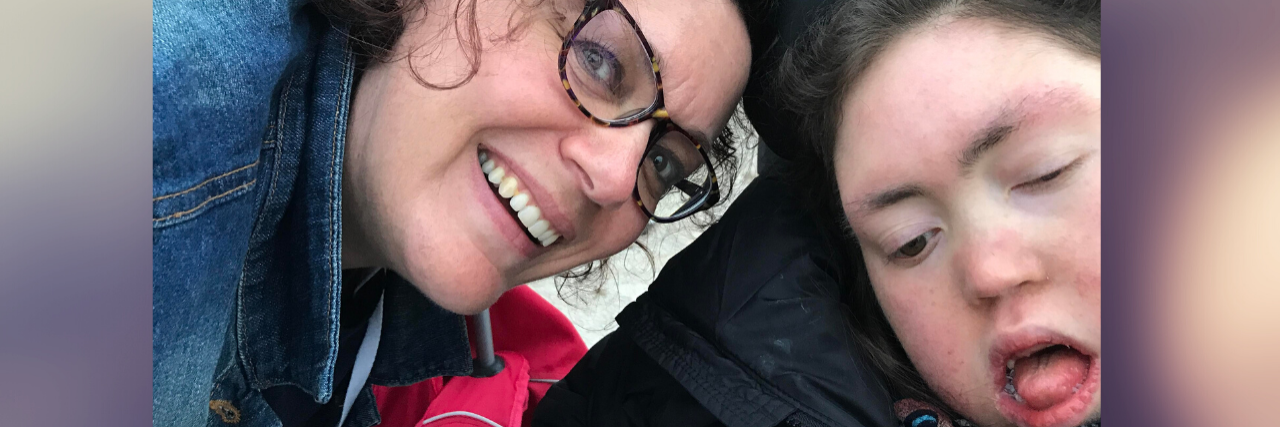Moving Towards Post-Traumatic Growth as I Parent a Medically Complex Child
Last week, my husband and I noticed we were both sleeping restlessly. After a night or two of tossing and turning, we realized our sleeplessness was being caused by the hooting of a nearby owl. Even though the owl wasn’t very loud, it turned out that this owl’s call sounded exactly like the soft, whimpering moan our daughter makes when she’s uncomfortable and needs help. So every time the owl hooted, my husband and I would startle awake, ready to rush to our daughter’s side.
The harmless hoot of an owl was causing anxiety, sleep loss and adrenaline rushes in the middle of the night – even though my daughter was sleeping peacefully. I’m sure none of our neighbors were bolting awake every time the owl hooted. But, the previous traumas of many medical emergencies my husband and I been through with our daughter were causing an unusual fight or flight response for us, even though there was no danger or medical crisis.
Post-traumatic stress disorder (PTSD) is a condition most people associate with soldiers who’ve been in combat. But parenting a child with chronic and complex medical needs can be traumatic. Many parents like us struggle with PTSD symptoms, which include flashbacks, bad dreams or frightening thoughts; avoidance of places and thoughts associated with the traumatic event; a feeling of always being on edge or becoming easily angered; anxiety and hypervigilance; difficulty sleeping, negative thoughts, distorted feelings of guilt or blame, and losing interest in things you usually like to do.
PTSD can be a heavy load to carry. I’ve experienced quite a few of these symptoms over the years. In fact, sometimes it seems like stress has become so ingrained in my day-to-day life, I don’t always notice when these things creep in. It’s almost like there’s a background buzz of anxiety and edginess that’s just there. But I didn’t want constant stress to be my default, and I wasn’t satisfied to just live with these PTSD symptoms. So I went on a search to uncover a more positive outlook for myself and others who were dealing with the same kinds of challenges.
The research about post-traumatic growth was a welcome breath of fresh air that provided a new perspective. It turns out the very thing that is the source of the sorrow and stress can also be a catalyst for positive change. In his book, “Upside: The New Science of Post-Traumatic Growth,” Jim Rendon shares that 90 percent of those who survive a trauma realize growth in at least one of these five areas:
- Increased inner strength
- Openness to new possibilities
- Closer, deeper relationships with family and friends
- Enhanced appreciation for life
- Stronger sense of spirituality
Wow! This reinforced what I already suspected was true. We are so incredibly resilient, and often our most powerful growth comes from facing our biggest challenges. For me, this has proven to be true. I feel like my life is deeper and more meaningful because I now appreciate the big and small moments of joy more. I have a clearer understanding of what’s truly important to me, and I’m more purposeful about how I spend my time and where I focus my efforts. My daughter’s strength has given me the courage to do things that intimidate me. And our family has a strong bond that has been built by working together to face challenges and find triumph.
I would never wish for my daughter to have the challenges she has to deal with, but I can’t change that. What I can do is look for the lessons in our life situation and use what I learn to be the resilient, capable resourceful, optimistic person I want to be. That version of myself is the person who can help me and my family live purpose-driven lives filled with meaning and joy, in spite of the difficulties and traumas we face.

